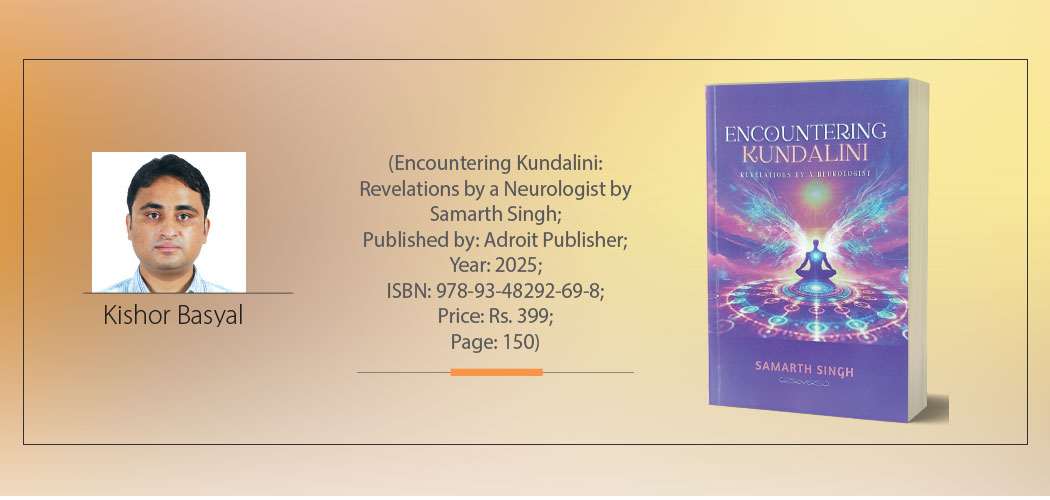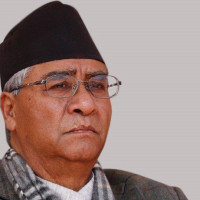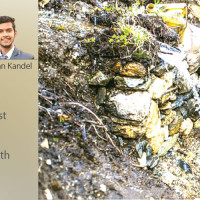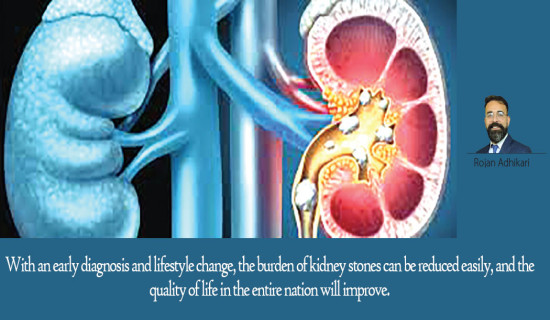- Friday, 29 August 2025
Debunking Myths About Kundalini
Practicing neurologist Samarth Singh has come up with a book, "Encountering Kundalini: Revelations by a Neurologist". It is about the uncharted journey of Kundalini's exploration. Dr Singh, someone who underwent his own Kundalini awakening, blends his medical expertise with spirituality, giving a holistic understanding of how Kundalini expresses itself in human consciousness and the body. Divided into seven chapters, this groundbreaking book starts with his life-changing encounter with Kundalini before questioning and critically examining well-known Kundalini practices and traditions.
What makes this work uniquely valuable is that it takes the scientific approach to what is generally known as the exclusive domain of spirituality. Just as in the Bhagavad Gita, the Hindu holy book, wherein fundamental spiritual truths were revealed to Arjuna by Lord Krishna on the battlefield, the truth about Kundalini and spirituality is said to have been revealed to him in the wake of his profound awakening. He explains Kundalini's true nature and how it is linked to human physiology and consciousness.
This invaluable resource offers a nuanced understanding of Kundalini awakening that could revolutionise how we view consciousness and spiritual growth in ways no similar work has done so far. This explains why it is an essential read for those on a spiritual journey and scientists. What sets this work apart is that it is rooted in scientific rigour, ensuring each conclusion is based on solid evidence rather than anecdotal evidence that clutters the available literature. Not only do the existing documents on the subject fail to satisfy him, but they also sound hollow and, in some cases, fraught with risks for would-be Kundalini practitioners.
This prompts him to call for readers to develop the ability to imagine possibilities beyond our existing knowledge as the crucial first step towards discovering new mysteries. He even questions whether all religions are illusions created by Kundalini. This book attempts to integrate science and spirituality – something that could potentially transform our understanding of human consciousness and spiritual growth.
In a stark departure from prominent books on the subject, the author approaches Kundalini not as a divine force but as a phenomenon built into our biology. His quest leads him to explore its evolutionary history and concludes that it is an intrinsic feature of human consciousness and biology that has long been misunderstood.
The second chapter, "The Known Faith", references the Kundalini system. It comprises seven chakras with three channels called nadis, interconnecting them from the base chakra to the topmost chakra. Sitting in the Mooladhara chakra is Kundalini, which, when awakened, makes its way through all the chakras to reach the Sahasrara chakra through nadis. The established literature describes it as an infinite pool of life energy in our body, called prana, responsible for maintaining all the vital psychological and spiritual processes.
In chapter three, "The Unknown Mystery: Questions Never Asked", the author clarifies that the prevalent beliefs about Kundalini and its deification don't appeal to him. What appeals to him, however, is the power and strength of the attempt to rise above the Kundalini and see God in its purest form. He implies that the Kundalini stands in the path to realising God.
He has no inhibitions about saying that modern science doesn't know a thing about the Kundalini. Extremely serious in his research and leaving no stone unturned to unravel every mystery, he goes so far as to surmise that a majority of psychiatric symptoms are because of Kundalini, most of which are associated with religious and spiritual problems, and could be the cause of several cases of mental disorders. To justify this, he evokes his experience, thoughts, dreams, and behaviour in the aftermath of his Kundalini awakening.
That said, the author does not belittle the profundity of spiritual experience. Instead, he wants the reader to look at it from a new angle that sees the awakening as a complex interaction between conscious awareness and an underlying biological force. This perspective adds a new dimension to the conversation. It leaves readers with no option but to rethink their assumptions about what has been fed to them regarding the origins of their most powerful biological urges.
Dr. Singh likens it to a serpent, referring to it as a devil living inside us that feeds on our weakness. The author's description of Kundalini is starkly different from its romanticised version prevalent in popular imagination. The book's hallmark is the neurologist's keenness to integrate scientific scepticism with spiritual openness. It's an invitation to free oneself from the shackles of Kundalini, as the author has claimed to have done.
One sentence in the final chapter, "Free from Kundalini" – "My imagination seeks a vision of the world where humanity is free from Kundalini." – aptly encapsulates this call. By that, he means free from all animalistic traits. And the way to do this is to be awake in oneself to the Kundalini Shakti (the power that wins victory over Kundalini). Once this happens, the ultimate liberation mankind has long sought is experienced.
The story's narration is convincing enough for a reader to take an evidence-based approach to understanding Kundalini and to be vigilant not to fall for its allure, which may be mere illusions incapable of standing up to rational scrutiny.
(Basyal is a journalist at The Rising Nepal.)
















